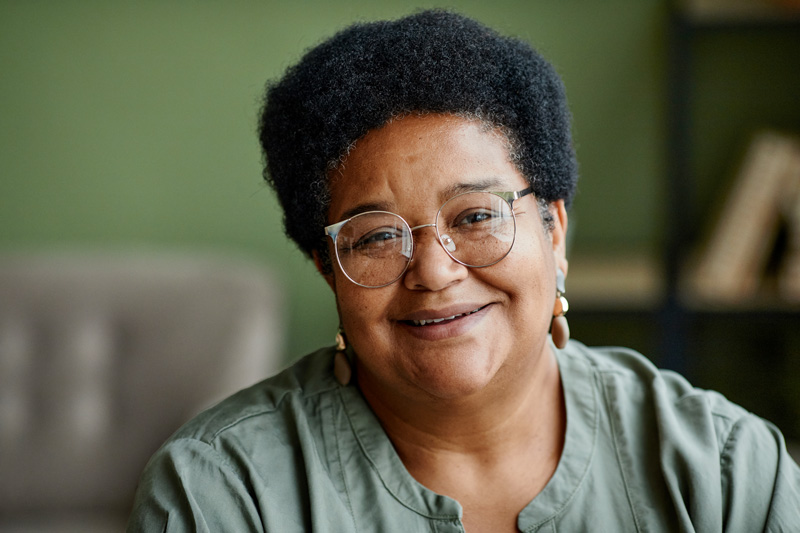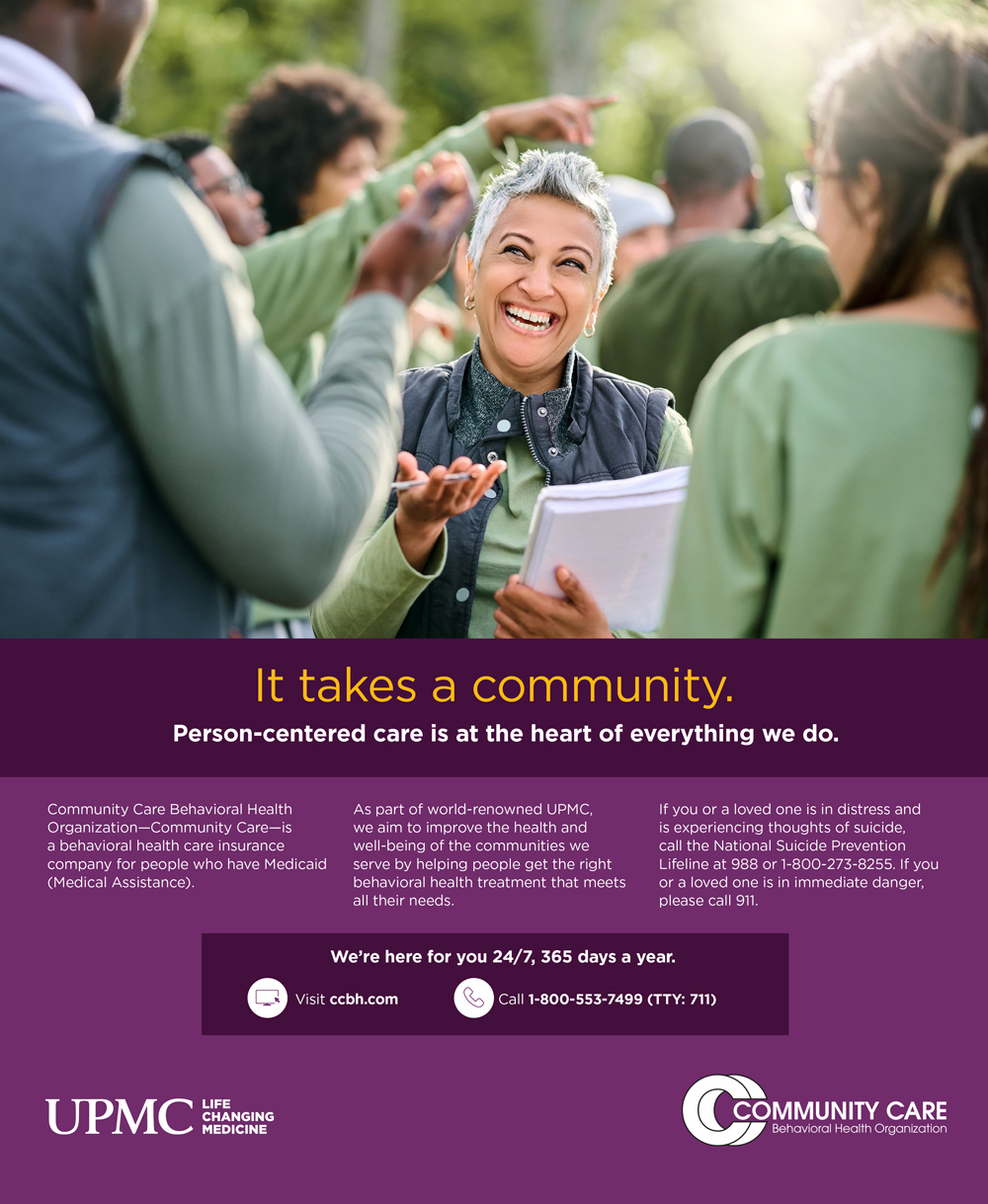Between 2010 and 2020, the US experienced the largest-ever 10-year gain for those in the >65 age bracket, with an increase of 15.5 million people. According to the US Census Bureau, one in four Americans will be age 65 or older by 2060 (Caplan, 2023). Although today’s expanding older adult population represents multiple strata of society and includes individuals who vary in their socioeconomic status, race, sexual orientation, gender expression, ethnic group, and religious and political affiliation, older Americans have similar health and wellness needs. These population shifts and needs create new challenges for healthcare systems.

With this rise in the older adult population comes a concordant increase in behavioral healthcare needs. According to the 2022 National Survey on Drug Use and Health, approximately one in five adults over 50 years old experienced a mental health condition, substance use disorder, or both in the previous year (SAMHSA State Program Improvement Technical Assistance, 2024). In addition to behavioral health challenges, older adults also often grapple with chronic health conditions, loneliness and loss, financial strain, loss of independence, and difficulty navigating an increasingly complex healthcare system – all of which can have a compounding impact on behavioral health (Reynolds, 2022). Specialized care is important for adequately and holistically addressing these needs and challenges, but there is a national shortage of gerontologists, psychiatric geriatricians, and other behavioral health providers who focus on this population. Several states address the challenges of this provider/need mismatch through strategic planning and policy change in addition to the allocation of federal, state, and local funding and resources to grow and stabilize the behavioral health workforce. For example, Pennsylvania’s “Aging Our Way PA” is a 10-year strategic plan designed to help transform the infrastructure and coordination of services for the state’s older adults. Federal-level regulatory changes, such as the recent expansion of the types of behavioral health professionals who can now deliver behavioral health services through the Medicare program, have also significantly increased the potential number of clinicians available to work with older adults. These advancements have catalyzed Pennsylvania’s growth and innovation around developing specialized programs that address gaps in care and barriers that older adults face when seeking behavioral health treatment.
In 2018, Pennsylvania implemented the Community HealthChoices program, which moved the state’s Medicaid Long Term Services and Supports (LTSS) benefits into a managed care organization (MCO) environment. Behavioral health coverage for older adults eligible for Medicaid LTSS benefits is now provided by behavioral health MCOs (BHMCOs) such as Community Care Behavioral Health Organization (Community Care), a nonprofit BHMCO that operates in Pennsylvania and is part of the UPMC Insurance Services Division. Community Care is committed to ensuring access to evidence-based behavioral health treatment and physical-behavioral health integration. In our role as a BHMCO covering 1.2 million lives across 43 of Pennsylvania’s 67 counties, we have learned that seeking input from members, providers, and county and state partners is key to developing innovative, multi-faceted programming that improves care access and health system coordination, collaboration, and integration.
Community Care’s New Connections program was conceived and implemented to meet the behavioral health needs of older adults who reside or are candidates for placement in a skilled nursing facility (SNF). By including direct input from SNFs about their residents and organizational needs in the planning phase, we developed an informed and flexible program that integrates well with existing processes and workflows. New Connections programming is led by a team of clinicians, including a consultant psychiatrist, a licensed mental health professional, a registered nurse, and a certified peer support specialist. Key elements of the programming include an ability to quickly assess and start working with residents, ease in tailoring the type and intensity of supports to address an individual’s needs, and the flexibility to work seamlessly across SNF and community settings, especially around supporting an individual’s transition from SNF back into the community.
A recent example of the program’s success is the outcome of integrated behavioral health services provided to a 69-year-old gentleman residing in an SNF. He had a behavioral health history, including depression and anxiety partially related to his physical health conditions. Through the New Connections program, he received support in developing a deeper understanding of his physical and behavioral health needs. Upon receiving the individualized support and information tailored to his situation available through the program, he demonstrated a new understanding of his care and increased motivation to meet his treatment goals, which resulted in a transition plan from residing in an SNF to assisted living.
Substance use disorders are often undertreated and can create additional barriers to care in older populations. One common challenge is SNF placement for older adults requiring that level of care who also have an opioid use disorder (OUD), particularly when they are receiving medication-assisted treatment (MAT). UPMC Health Plan and UPMC Senior Communities developed an SNF transition pilot program to facilitate SNF placement for members admitted to inpatient hospital units for reasons unrelated to substance/opioid use and taking buprenorphine (a commonly used MAT to treat OUD). SNF staff responsible for administering medication are provided education about prescribing buprenorphine and case management support for SNF discharge planning. Preliminary results are pending but trending towards a cost saving in inpatient days and timelier transitions into nursing facilities.
Many older adults also have a trifecta of overlapping concerns, including behavioral, physical health, and long-term services and supports (LTSS) needs. These three domains are further impacted by an individual’s social determinants of health (SDoH). UPMC Community HealthChoices, collaborators in Erie County, and Community Care developed a program to support individuals with complex physical and behavioral health clinical needs that are often exacerbated by the complexity of multi-system involvement. Through this program, a team of staff bridges three systems and works in dual roles as service coordinators and administrative case managers to provide supplementary support to manage multi-system involvement and coordination of care. They serve as a single point of contact for each system, resulting in improved coordination and access to services. Participants in the program demonstrate a decrease in physical health and behavioral health inpatient costs, reductions in emergency room visits, and a need for crisis service interventions. When surveyed, they reported more stability and less anxiety. These decreases and reductions also result in a concurrent increase in the utilization of LTSS to support participants’ tenure in the community. Plans are currently in place to explore expanding this program.
As America’s aging population continues to grow, it is imperative that the healthcare workforce and programming adapt and innovate to meet needs. The aging process presents continuous challenges that can impact an individual’s physical and behavioral health and well-being yet also offers opportunities for growth, resilience, and fulfillment. Specialized behavioral health services that are accessible, effective, and tailored to the needs of older adults are an integral piece of the intricate interplay between serving an aging population and empowering individuals to optimize their health, wellness, and ability to thrive in later life.
Duncan Bruce, MS, LPC, LBS, is Director of MCO Integration at Community Care Behavioral Health.
Sources
Caplan, Z. (2023, May 2023). United States Census Bureau Resource Library. Retrieved from United States Census Bureau: https://www.census.gov/library/stories/2023/05/2020-census-united-states-older-population-grew.html
Reynolds CF 3rd, Jeste DV, Sachdev PS, Blazer DG. (2022, October). Mental health care for older adults: recent advances and new directions in clinical practice and research. World Psychiatry, 21(3), 336-363.
Joint State Government Commission, General Assembly of the Commonwealth of Pennsylvania. (2020). Pennsylvania Mental Health Care Workforce Shortage: Challenges and Solutions. Harrisburg: Joint State Government Commission
Rabe, Z. C. (2023). The Older Population: 2020. United States Census Bureau, U.S. Department of Commerce. Washington DC: U.S. Census Bureau.
SAMHSA State Program Improvement Technical Assistance. (2024). Supporting the Mental Health Needs of Older Adults. Substance Abuse and Mental Health Services Administration. Rockville, MD: SAMHSA.





